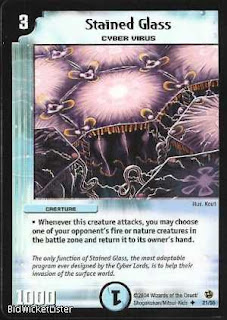I've now started my 3rd Design 1 worshop: Và.
"This paper investigates the Pacific concept of the và, a Polynesian spatial body that expresses and separates all relationships. It is a concept of space that is evident in the architecture and way of life of Pacific people. In the Samoan context, the và take on more than one meaning and it can simply be described as a physical space.
...
This design topic will concentrate mainly on the Pacific concept of the và as a dialogue which refers to platforms, frameworks, bodies or entities that carry / support / stabilize / destabilize / manipulate / nourish / cherish / disrupt / expand / contract / still / balance / impression all our relationships."
Our first lesson was a trip to an example of a Và on the Auckland campus. We were asked to record our responses to the space and use them to inspire our work.
The fale seemed a very spiritual place and many students spoke of a calming and nurturing feeling. Walking in the space is immediately much quieter than outside with a lot of traffic noise, and the curving lines of the roof draw your eye around the space and creates a feeling of being ushered in and embraced by the building.
What I am focusing on is the comforting curved shape, and the feeling that the space is alive - an entity of it's own. I'm going to carry my thoughts from Homes for Cyborgs through to this workshop, and continue to look at ways to give a structure a sense of life.



















































